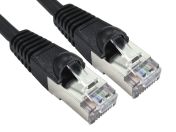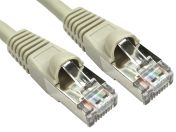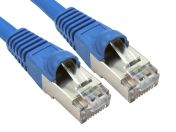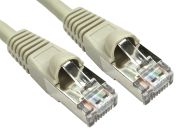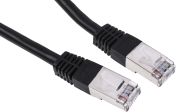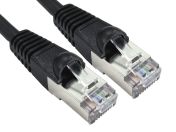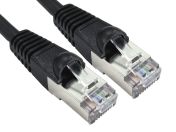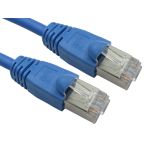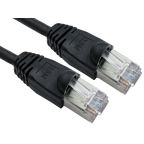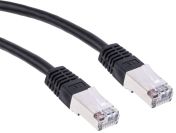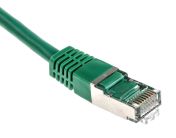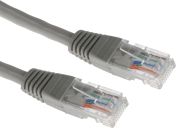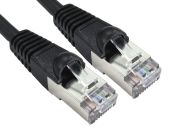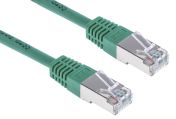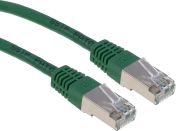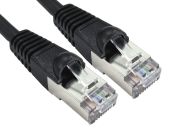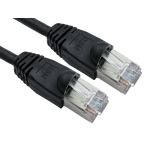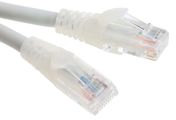RJ45 Cables
RJ45 cables are commonly used for networking and telecommunications applications, especially in Ethernet connections. The term "RJ45" stands for "Registered Jack 45," which is a standardised connector used for Ethernet cables and telephone connectors.
RJ45 cables play a critical role in modern networking, and understanding their types, wiring standards, and applications is essential for anyone dealing with network installations and configurations.
What are the features and benefits of RJ45 Cables?
Here are some key points about RJ45 cables:
- Ethernet Cables: RJ45 cables are primarily used for Ethernet networking. They are often referred to as Ethernet cables or Cat5e/Cat6/Cat7 cables, depending on the specific category or standard they adhere to. These cables transmit data in local area networks (LANs) and are used for connecting computers, routers, switches, and other network devices.
- Wiring Standards: RJ45 cables can be wired in various ways, but the most common wiring standard for Ethernet is the T568B and T568A standards. These standards specify the order in which the eight color-coded wires within the cable are connected to the pins in the RJ45 connector.
- Colour Coding: RJ45 cables typically use colour-coded wires. In the T568B standard, the wiring order from pin 1 to pin 8 is white-orange, orange, white-green, blue, white-blue, green, white-brown, brown. The T568A standard has a slightly different order but achieves the same functionality.
- Cross-Over Cables: In addition to straight-through cables, there are also crossover RJ45 cables that are used for connecting two similar devices, like two computers or two switches, without the need for a router or hub in between. These cables have a specific pin arrangement to allow for direct device-to-device communication.
- Wiring RJ45 Connectors: To make an RJ45 cable, you typically need to strip the outer insulation of the cable, arrange the wires according to the T568B or T568A standard, insert them into an RJ45 connector, and then use a crimping tool to secure the wires in the connector.
